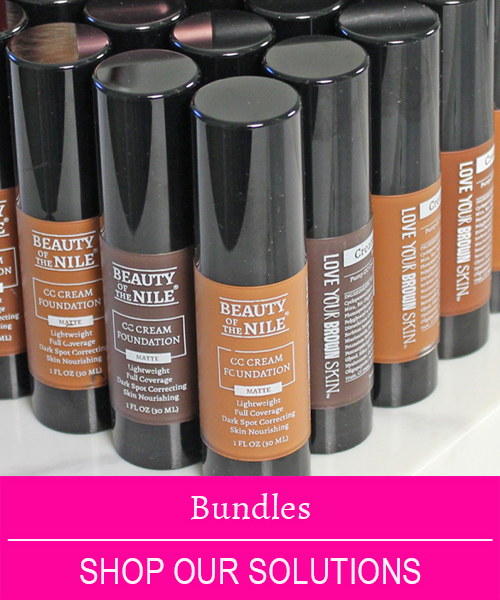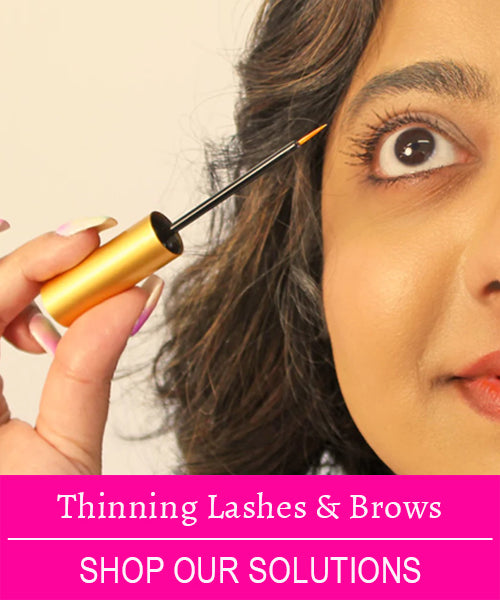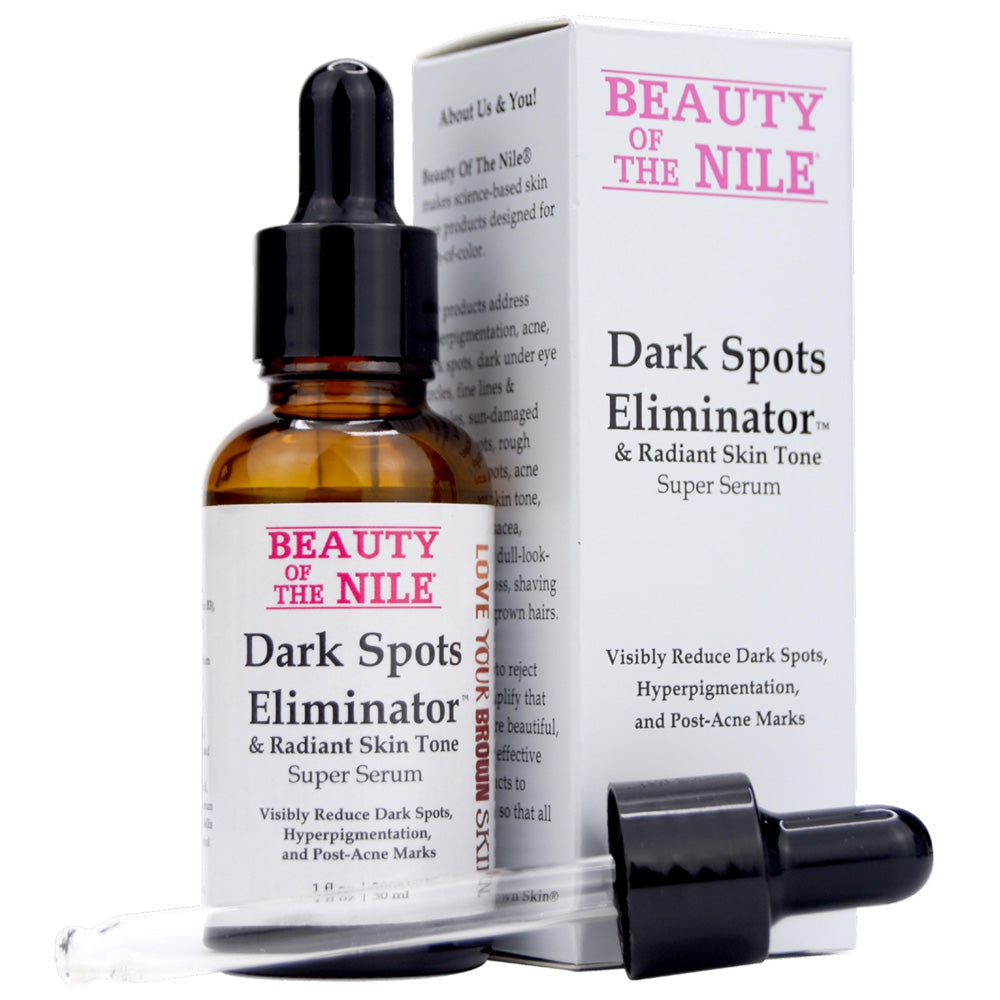Mess Around and Find Out (Ahead-of-Time!) about Skin-of-Color and Laser Hair Removal
If you have unwanted hair and are tired of shaving, waxing, or depilatories, then laser hair removal may be just right for you. Laser hair removal is a great way to remove unwanted hair permanently. No more shaving, waxing, razor bumps, etc. is the goal.
Permanent hair removal can be life-enhancing. However, there are a few things that women-of-color need to be aware of before embarking on a hair removal journey so as to ensure safety and optimal results. This is because of the unique characteristics of our skin and hair.
Here are 10 things women-of-color need to know before laser hair removal.
1. Consult with a specialist: Before starting laser hair removal, consult with a licensed dermatologist or experienced practitioner who specializes in treating darker skin tones. This is crucial as they can assess your skin type, hair texture, and any potential risks associated with the procedure.
2. Choose the right laser technology: There are different types of lasers that can be used for hair removal, each with different characteristics. Common types include Alexandrite, Diode, Ruby, and Nd:YAG lasers.
Nd:YAG stands out as a preferred choice for hair removal among women-of-color due to its longer wavelength (1064 nanometers) compared to other lasers. This longer wavelength allows Nd:YAG lasers to penetrate deeper into the skin, bypassing the melanin in the epidermis to target the hair follicles without affecting
Melanin, which gives skin its color, is more concentrated in darker skin tones, making us more susceptible to burns or pigmentary changes with certain laser types. The Nd:YAG's ability to bypass the melanin-rich epidermis minimizes the risk of burns or hyperpigmentation in darker skin tones, making it a safer and more effective option for hair removal for women-of-color.
There are different brands of Nd:YAG lasers. One that is often recommended by dermatologists is the Candela Gentle Pro Series. It is known for minimizing discomfort and protecting the skin from excessive heat.
3. Request a patch test: Those with sensitive skin, should request a patch test prior to having a full laser hair removal session. A patch test helps assess how your skin will react to the laser and ensures that you won't experience any unexpected adverse effects during the actual treatment.
Ideally, the patch test should be performed during the initial consultation or a few weeks before the scheduled laser hair removal session. This allows sufficient time to observe the skin's reaction and determine if any adjustments or precautions are necessary before the full treatment, such as modifying the laser settings or recommending alternative treatments for hair removal.
During the patch test, a small area of skin in the treatment area is exposed to the laser for a brief period. The dermatologist or practitioner will evaluate the skin's response over the following days to determine if there's any redness, blistering, irritation, or other adverse reactions. This helps in customizing the treatment parameters and ensuring the safety and efficacy of the procedure for your specific skin type.
4. Stay out of the sun: Minimize sun exposure and tanning for at least four to six weeks before treatment. Darker skin is more prone to hyperpigmentation, so protecting your skin from UV rays helps reduce the risk of complications from laser treatments.
5. Shave the treatment area: Shave the area you're planning to treat a day before your session. This ensures the laser energy targets the hair follicles effectively without singeing your surface hair.
6. Don’t pluck or wax: Refrain from plucking, waxing, or using hair removal creams on the treatment area for at least six weeks before the session. These methods disturb the hair follicle, which is necessary for laser hair removal to work effectively.
7. Avoid self-tanning products: Steer clear of self-tanning lotions, sprays, or creams before treatment. These products can darken your skin, making it more susceptible to laser energy absorption and potential side effects from the treatment.
8. Stop using these skin care products: Before and after laser hair removal, it's essential to avoid certain skin care products that can potentially irritate the skin or make it more sensitive to the laser treatment. Here's a list of products to avoid three days before and after the procedure:
• Exfoliants and scrubs: Avoid using harsh physical or chemical exfoliants, such as scrubs containing granules, alpha hydroxy acids (AHAs), beta hydroxy acids (BHAs), or enzymes. These products can sensitize the skin and increase the risk of irritation during laser treatment.
• Retinoids: Refrain from using products containing retinoids, including retinol, tretinoin, or other vitamin A derivatives. Retinoids can make the skin more sensitive and increase the likelihood of adverse reactions like redness, burning, or blistering during laser treatment.
• Bleaching agents: Avoid using bleaching creams or products containing strong bleaching agents on the treatment area. These may contain ingredients that can react negatively with the laser or cause skin irritation.
• Strong acne treatments: If you're undergoing laser hair removal on an area prone to acne, avoid using strong acne treatments, such as benzoyl peroxide or salicylic acid-based products, as they can increase skin sensitivity.
• Fragranced products: Minimize or avoid heavily fragranced skin care products, as they might contain irritants that could aggravate the skin after laser treatment.
9. Other things to avoid before your treatment:
• Oral antibiotics: Oral antibiotics increase photosensitivity. Taking them during laser hair removal could cause an adverse reaction. Most laser hair removal experts recommend being off of antibiotics for at least 2 weeks prior to a laser hair removal session.
• Antihistamines: Many antihistamines cause photosensitivity. If you take these daily, they should be discontinued 5 days before your laser session. If you take these occasionally, don’t use any within 2 days of your treatment.
10. What to do after your treatment to help achieve your best results:
• Apply soothing products: Use aloe vera gel or a gentle, fragrance-free moisturizer to soothe the treated area and aid in the healing process.
• Use cold therapy: Apply a cold compress or an ice pack wrapped in a thin cloth to the treated area. Avoid direct contact between ice and skin to prevent frostbite or skin damage. Apply the cold compress or ice pack gently to the affected area for 10 to 15 minutes at a time. Repeat this every few hours as needed within the first 24 to 48 hours post-treatment.
• Protect your skin: Apply broad-spectrum sunscreen (SPF 30 or higher) daily to shield the treated area from UV rays, minimizing the risk of hyperpigmentation.
• Avoid overheating: This means no hot baths, saunas, hot showers, or workouts for at least 48 hours post-treatment as they can irritate the treated skin.
• Do not scratch or pick: Avoid scratching, picking, or rubbing the treated area to prevent irritation, infection, or potential scarring.
• Histamine reaction: Some people’s immune systems are triggered by laser hair
removal and release histamine. This is called a histamine reaction. A histamine reaction is characterized by redness, itching, swelling, bumps or hives in the area that was treated.
+ Histamine reactions are your body's natural response to the irritation caused by the laser's heat. Histamine-related symptoms may occur immediately after treatment or within a few hours post-treatment.
+ Treatment for a normal histamine reaction often involves oral antihistamines like Benadryl and topical hydrocortisone.
+ While redness and slight swelling are common and expected side effects following laser treatment, excessive or persistent symptoms such as intense itching, widespread hives, or severe swelling could indicate a severe allergic reaction.
+ In such cases, it's essential to consult a healthcare professional and the treating practitioner to assess and manage the symptoms appropriately and make any necessary adjustments for your next treatment session.
The Bottom Line
Laser hair removal often requires multiple sessions spaced several weeks apart for optimal results. Additionally, individual experiences may vary, so it's crucial to follow personalized advice from your practitioner throughout the process. By adhering to these tips and following proper pre and post-care guidelines, women-of-color can safely and effectively undergo laser hair removal, achieving smoother, hair-free skin.
*AS A FINAL REMINDER => Before starting laser hair removal, consult with a licensed dermatologist or experienced practitioner who specializes in treating darker skin tones.*
And, always… Love Your Brown Skin®
Please note – for the purpose of Skin Care: We use Black skin, Brown skin, and skin-of-color interchangeably when discussing people-of-color. When we use the term people-of-color, we intend to mean those whose skin tone is not White and who are Black, Hispanic, Asian, Native American, Mediterranean, Pacific Islander, or of Middle Eastern descent.





















